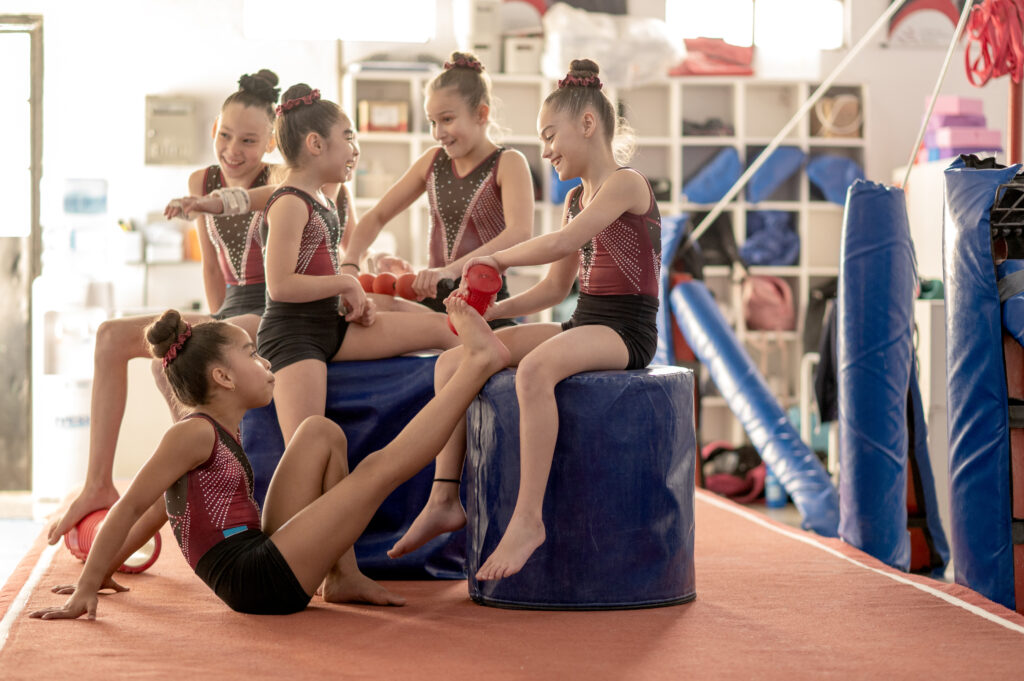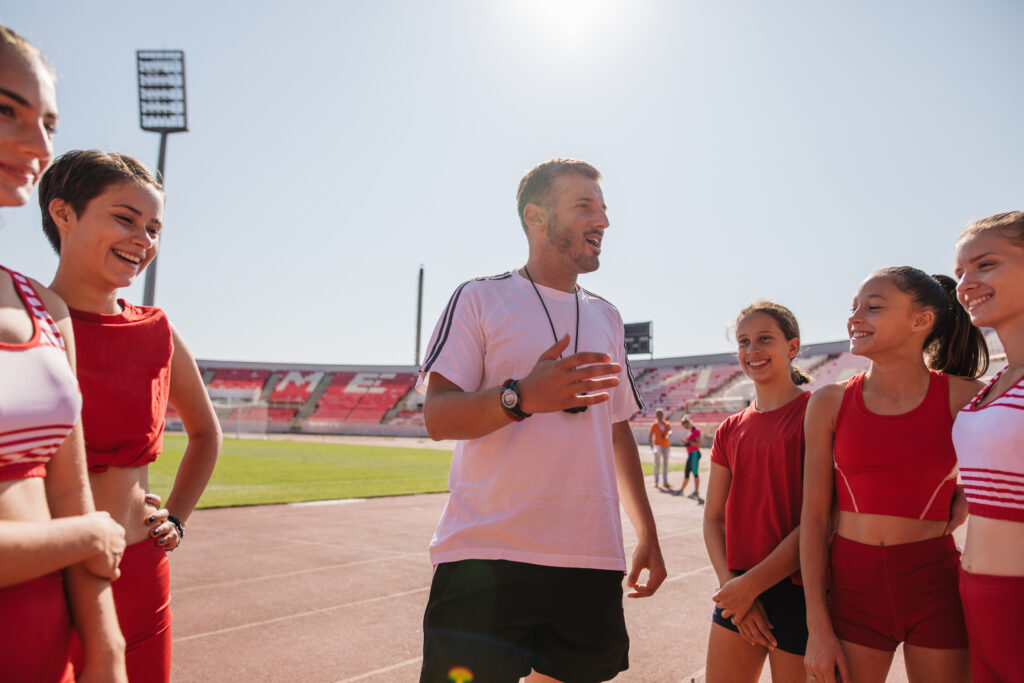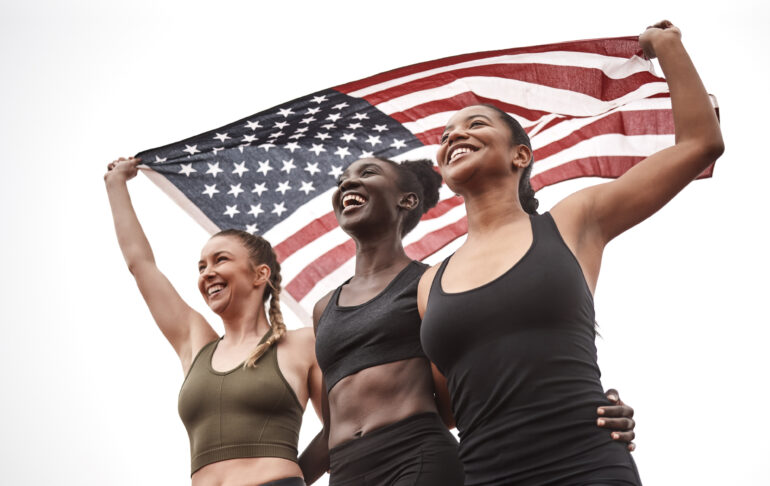This summer, elite athletes from all over the globe will convene in Paris to compete on the world’s highest sporting stage.
As you prepare to watch the Paris Games with your family—hear about the athletes’ journeys, cheer, and share their dreams as they strive for a spot on the podium—it’s worth recognizing how the athletes got to where they are.
From gymnasts to wrestlers and volleyball players to tennis players, each athlete competing in Paris began training with local sports leagues, clubs, and recreational teams, likely at a young age.

If you’re a parent, guardian, or grandparent of a youth athlete, you’re familiar with the long drives to travel soccer games, the early morning swim practices, and the moments of celebration when your child scores a goal or crosses a finish line.
But these moments depend on a sports environment and consistent policies where everyone is held accountable for helping create a fun, safe, and abuse-free setting.
Athletes of all ages, abilities, and levels depend on the U.S. Center for SafeSport in every sport, on every court to help foster a safe, supportive, and positive path so they can focus on the competition and strive for gold.
The US Center for Safesport is an independent 501(c)(3) nonprofit whose mission is to build sports communities free of emotional, physical, and sexual abuse and misconduct. As the only organization with Congressional authority to resolve reports of abuse within the U.S. Olympic and Paralympic Movement, the U.S. Center for SafeSport supports more than 11 million individuals throughout the Movement—including all of the American athletes competing at the Paris Games.
Supporting Athletes in Paris and Celebrating Their Support Systems
SafeSport believes athletes are defined by their journey—not just the medals they win.
In the months leading up to the Paris Games, SafeSport met with representatives from the U.S. Olympic and Paralympic Committee and toured the athlete training and living facilities in France. By understanding the environments in which athletes will live and train, the U.S. Center for SafeSport is better prepared to advocate for athletes at the Games and develop the best possible safety measures.

To help those who interact with athletes better understand how to recognize, prevent, and respond to harmful behavior, SafeSport is training hundreds of staff and volunteers at the Paris Games. Trainings are available in multiple languages, including French.
Learn more by watching this animation.
Everyone can help create a world without abuse. Explore SafeSport’s article on preventing abuse at the Games to learn how you can help safeguard sport on a local level, creating ripple effects throughout the sport’s culture.
Created for athletes, parents, and other sport participants, the organization’s Paris Games webpage serves as a helpful resource for athletes and their families.
Parents, coaches, and mentors are there during every step of an athlete’s journey, offering positive motivation and unwavering encouragement. In the video Hearts of Gold, Colorado Poet Laureate Andrea Gibson honors and celebrates those who guided athletes to aim higher.
How SafeSport® Training Protects Grassroots Sports
When it comes to safety in youth sports, engaged parents can ask questions and recognize warning signs. However, policies need to be put in place to create monumental change in the sports culture.

The organization’s SafeSport® Training, which is required for U.S. Olympic and Paralympic sports bodies, has been adopted by more than 3,000 organizations nationwide.
With more coaches, officials, and adult sports participants getting SafeSport® Trained, more individuals are being held accountable for their actions, and more youth athletes are protected.
This translates to more athletes coming back season after season to play, improve, and possibly one day compete in the Games on the world stage.
How To Help
The Paris Games is a time to cheer for and celebrate the nation’s top athletes. However, it’s also an opportunity to celebrate athlete well-being—and recognize that safe sport settings are essential to helping athletes reach their highest potential.
Your financial support helps the U.S. Center for SafeSport create informed educational materials and resources for parents, coaches, and athletes of all levels. By donating today, your contribution helps create a safer sport environment where every athlete thrives.
Have a question? Reach out to the U.S. Center for SafeSport at partners@safesport.org.

More From Better
- 25 U.S. Olympic Athletes We’re Watching Closely At The 2024 Paris Summer Olympics
- You Said It: During Disability Pride Month, Communities Should Focus On Improving Accessibility For People With Developmental Disabilities
- The Honeycomb Project: Creating Change — and Reaping Lifelong Benefits — Through Youth Civil Service
Allison Donohue is an editor and writer at the U.S. Center for SafeSport. Her written and edited content has been featured on a variety of media channels, including adidas.com.

